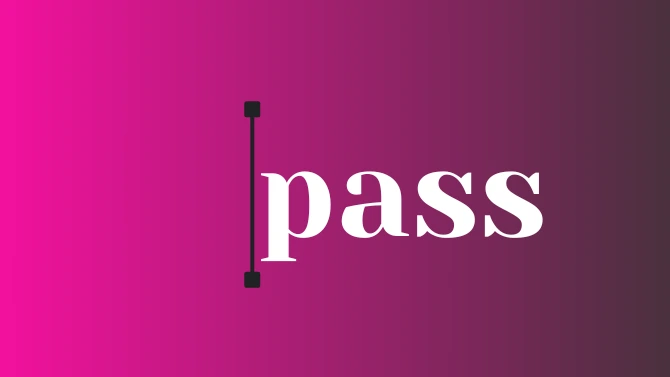Turn on a screen lock password, PIN number, and biometrics security like fingerprint or face unlock and any other authentication methods.

Password protection can protect data on all your devices, laptops, computers, tablets and smartphones. These devices give us quick access to essential data and passwords can prevent unauthorised users from accessing those devices.
These devices are an essential part of life and are such a huge aid for business as they can hold business-critical data with easy access wherever you are in the World. This makes them a prime target for criminals so you need to protect them.
There are a number of steps you can take to protect your personal data and your business data from unauthorised access, and make it not so easy to hack by cybercriminals.
Key areas where hackers can take advantage include breached data, poor password decisions, or authentication methods.
Do you know what ways you can help protect yourself from hackers and cyber attacks?
Protect data on all your devices, laptops, computers, tablets and smartphones.
Password Choice is Important
For instance, the length and complexity of your password can reduce your risk of “brute force attack.” This is a process where a computer program runs every possible combination of letters, numbers, and symbols to crack your password. By increasing the length, varying symbols and including random words or phrases can strengthen password protection against password discovery. If your word and letter combinations or phases are not published in a dictionary or literature they will be stronger. If you spell something wrong or are grammatically correct, they will be harder to break.
Remember passwords that are only three characters long can take less than a second to break.
Steer away from obvious personal information that could be easily discovered with a quick social media search. Don’t include your or your children’s birthdays, special anniversaries, place of birth, and pets’ names these only make it easier to guess.
If you are asked to choose security questions and answers select the least obvious one mother’s maiden name is very easy to find out these days.
Password Protection Checklist: Protect Your Data
When creating a passwords think about creating long passwords based on memorable phrases are better over short complex passwords.
Strong passwords makes it’s harder to break in and steal your data by simply cracking your password.
2FA requires two different methods to ‘prove’ your identity before you get granted access.
When setting up your 2FA, you should use 2FA applications over SMS/Text based systems.
Passwords should be easy to remember but randomly include symbols, capitalising and numbers with the letters. Length is important long passwords are great; including random words and phrases are even better.
Avoid using the most common passwords like “123456”, “password” and characters sequential on a keyboard like “qwerty.”
Avoid user personal information like birthday, address, anniversary, pet name as they are easily discoverable
Password manager an online tool that auto-generate and store strong passwords on your behalf. Storing all these passwords in an encrypted, centralised location which is only accessible via a ‘master’ password.
Examples: 1password.com, Lastpass
Password Protection Tips
- Never give your passwords to anyone else.
- Never type in a password in plain sight of others.
- Avoid writing down passwords or creating password hint sheet
- Dont email them to yourself
- If creating a document file, consider name convention, make it something random so it isn’t a dead giveaway.
- Dont use the same password everywhere because it will make it simpler to compromise all your accounts.Use unique passwords for everything!
- Consider signing up to have i been pwned? to track if your data has been compromised in a data breach.
- Avoid using the most common passwords.
- Beware of signs of phishing and phishing attacks.
- Computer malware
- Think about phone security.
Does the running of your business include several repetitive tasks? If there’s no guidance or procedure in place, it’s possible for some of the steps in the process to get forgotten. This is why checklists are important.
People get distracted, and when something gets forgotten, it’s much harder to recover than if they’d completed the task right in the first place.
Guidance every step of the way makes sure something is completed perfectly every time.
Read More: Why is a Checklist Important?
We all carry enormous knowledge and experience that we want to apply effectively, but we are all prone to make mistakes. There’s only so much we can store in our heads without forgetting something. How to maximise our use of knowledge?
The simple answer to this problem is to use checklists.
How many types of checklists are there? Two. What are the two types of checklists? Read-Do and Do-Confirm checklists are about how you use checklists.
Read More: Types of checklist: What are the two most powerful Checklist Types?
A checklist is a way to document each step needed to complete a task. A detailed set of instructions, a guide of how something is done.
Checklist software allows you to document every step of a process to be used over and over again.
Read More: Checklist Software